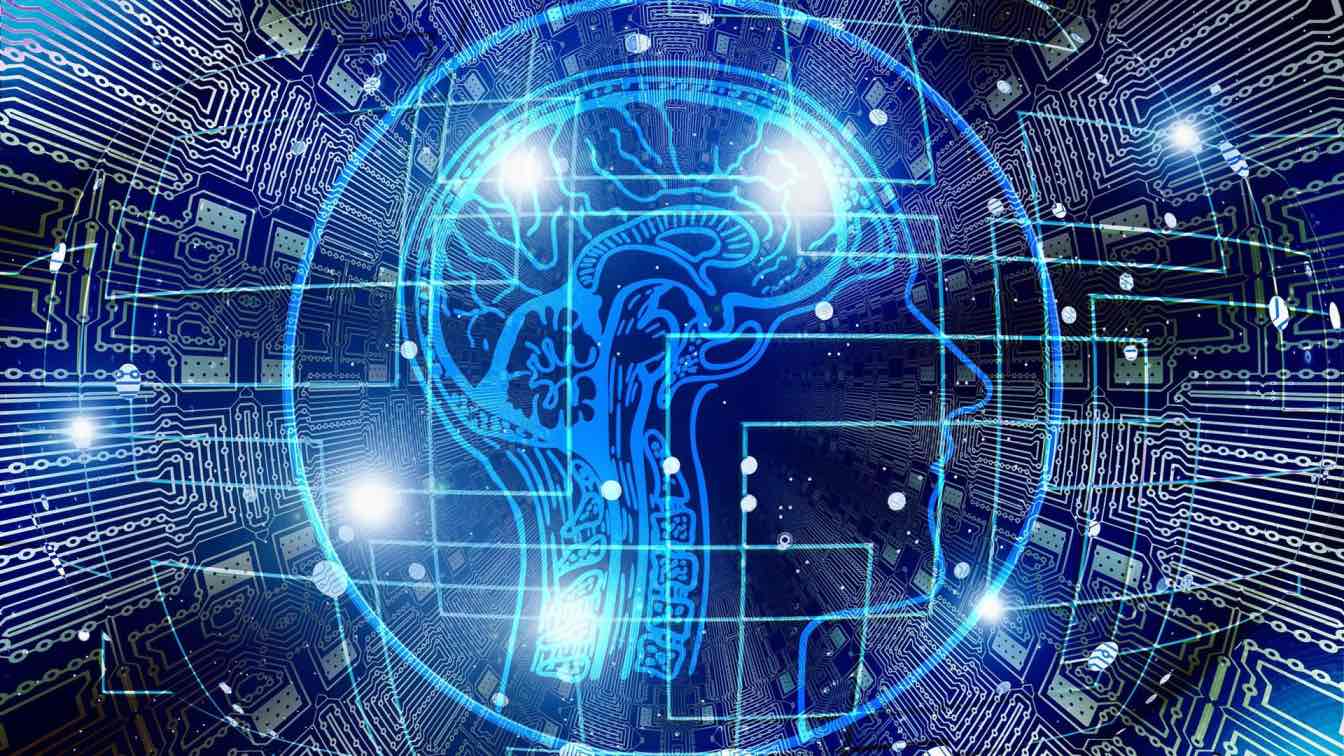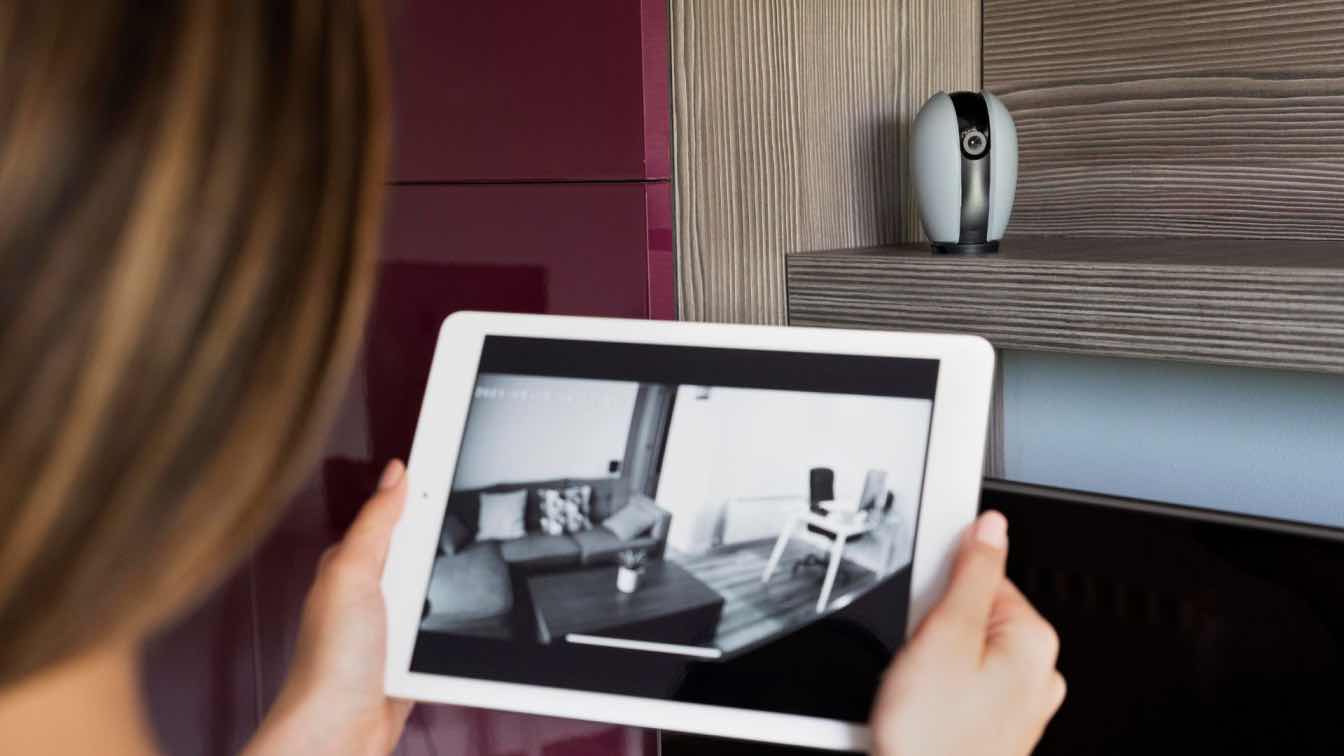Despite what you often hear in the media, artificial intelligence isn't going to take jobs from individuals. What it is doing is changing those roles, making them easier and changing up how things are done. That's true in a lot of different industries, but especially architecture. Here's how AI machine learning will change the role of the designer.
What Is Machine Learning?
Before we go any further, we need to understand what machine learning is. This is an AI function, where the AI is able to learn and change its algorithms the more it is used. For example, the more data is fed into an AI, the more patterns it can detect. With that, it can change algorithms to detect these patterns and act on them accordingly.
Embracing Automation
When it comes to design, machine learning allows for better automation. On it's own, this is actually nothing new. We use AI automation every day, for example when we use tools like Alexa or Google Home. These automate tasks we do all the time, and we never really consider how it works.
Even in architecture, there are automation tools available right now. For example, Revit automates a lot of work for you. 'When you use Revit, you'll see that it automatically produces coordinates' says Allen Cortes, an architecture blogger at PhD Kingdom and Next Coursework. 'That takes so much work out of designing, saving you time.'
Of course, automation can't do everything for you. There will always be some problems where you need to use your own human imagination to solve them. With AI though, you can free yourself up to do these tasks, while they take care of that manual work.
Using Data Based Design
So how does machine learning work in the world of architecture? When you use machine learning, you'll be able to feed data into the system, and get better results in your designs.
There's a few different ways how this works. For example, you can use VR to show someone a designed space. By asking them questions about the space and how they feel about it, you'll have data to give your AI program. With that, better designs can be created as you'll have information about what the client wants.
Also, there are programs that again use VR, and use technology to observe what the viewer is looking at. These programs log if someone looks at an aspect of the design for more than a few seconds. With that data, you can see what they're most interested in, and change up designs based on that info.
Surrogate Models
This is another way machine learning is changing up architecture design. 'These are models that are created as a predictive tool in design, using past data from other projects' says Paul Miranda, a writer at Origin Writings and Brit Student. 'With these models, you can get real time answers to problems, which allow you to move on quickly.'

The Benefits Of Machine Learning And Architecture
So, why are architects embracing machine learning? The biggest benefit is that of automation. When you can rely on AI to take on the more time consuming work, that means you don't have to spend hours or days on it yourself. That frees you up to tackle other things, so projects can be completed more quickly.
It also helps you solve problems in real time, too. The more data you feed in, the more it learns. You can then use that data to see where you should make changes in your current design. Having that data at your fingertips makes things a lot easier overall.
Machine learning gives you new ways of analyzing data, too. When its fed in, it will correlate and compare it to other, historical data that it has. That will inform you on how to move forward and solve any problems that are in your way.
As you can see, AI machine learning is becoming the future of many industries, including architecture. It's something to be embraced as it helps with automation and sorting data, allowing you to do the best job possible. If you're not already using machine learning, it's something you'll want to investigate now.
George J. Newton is a business development manager, writing related work at Write my personal statement.





